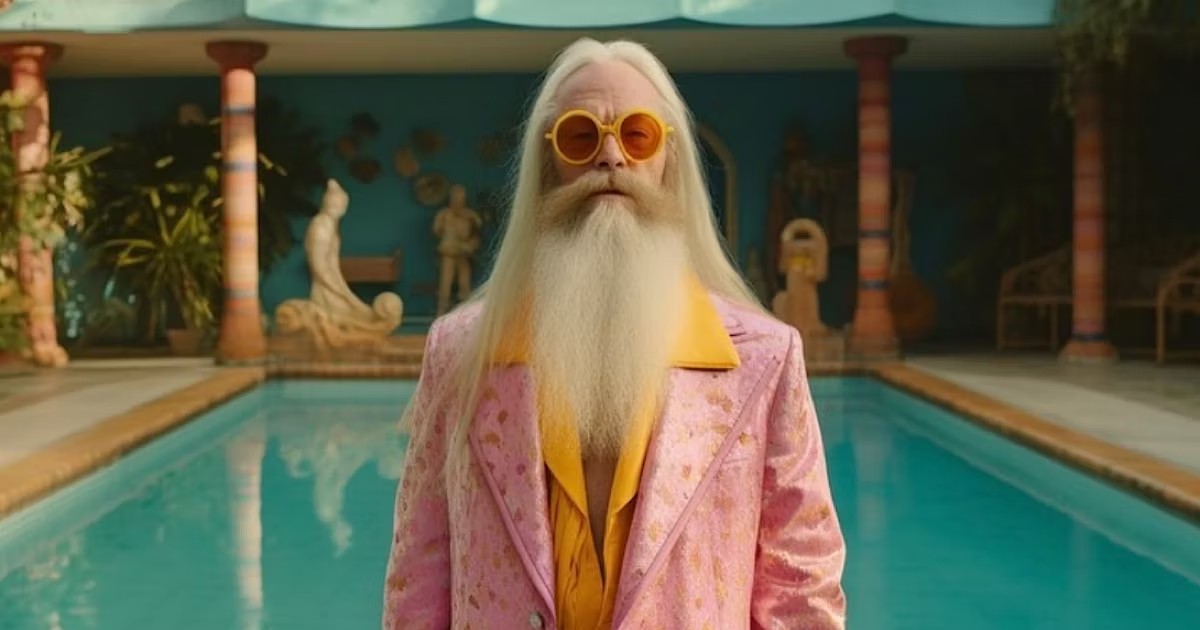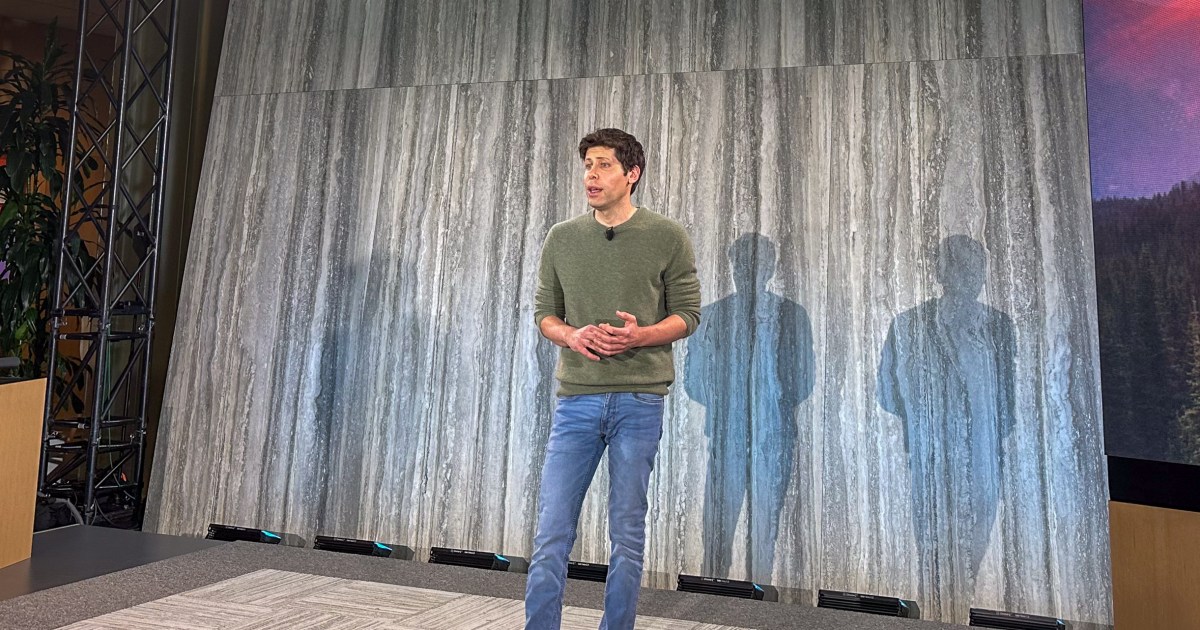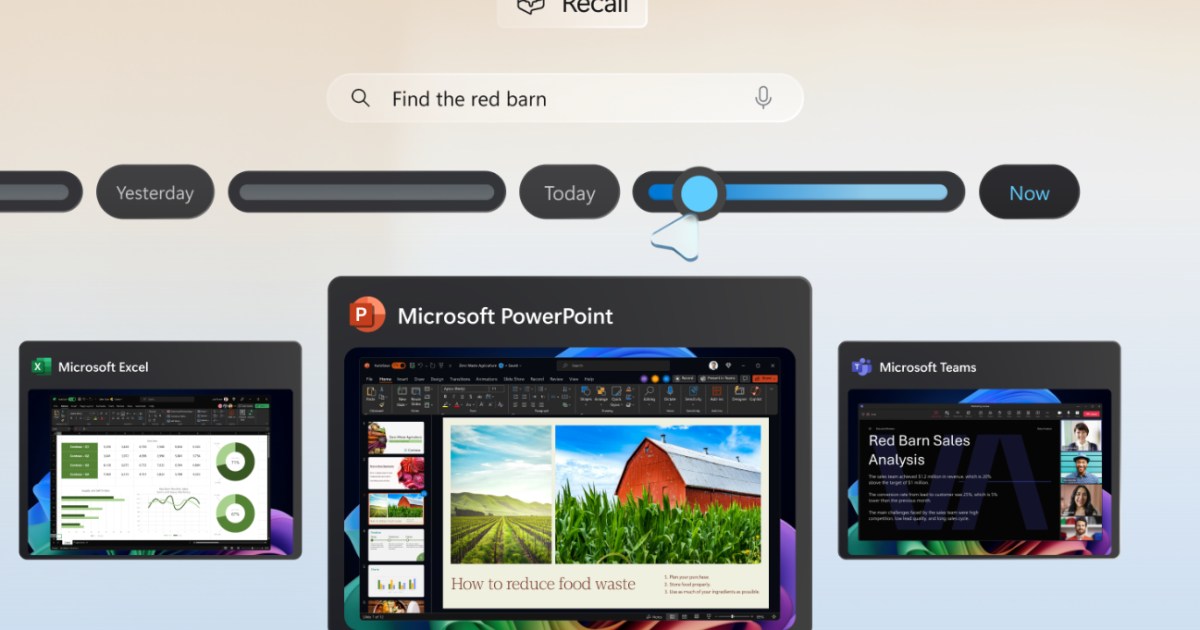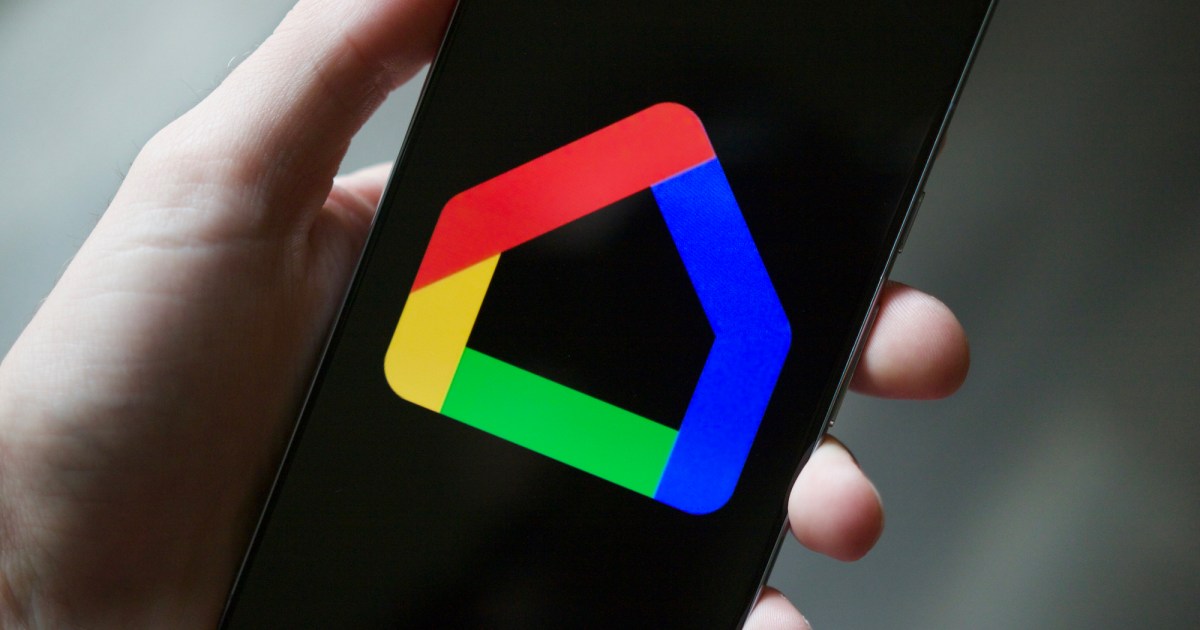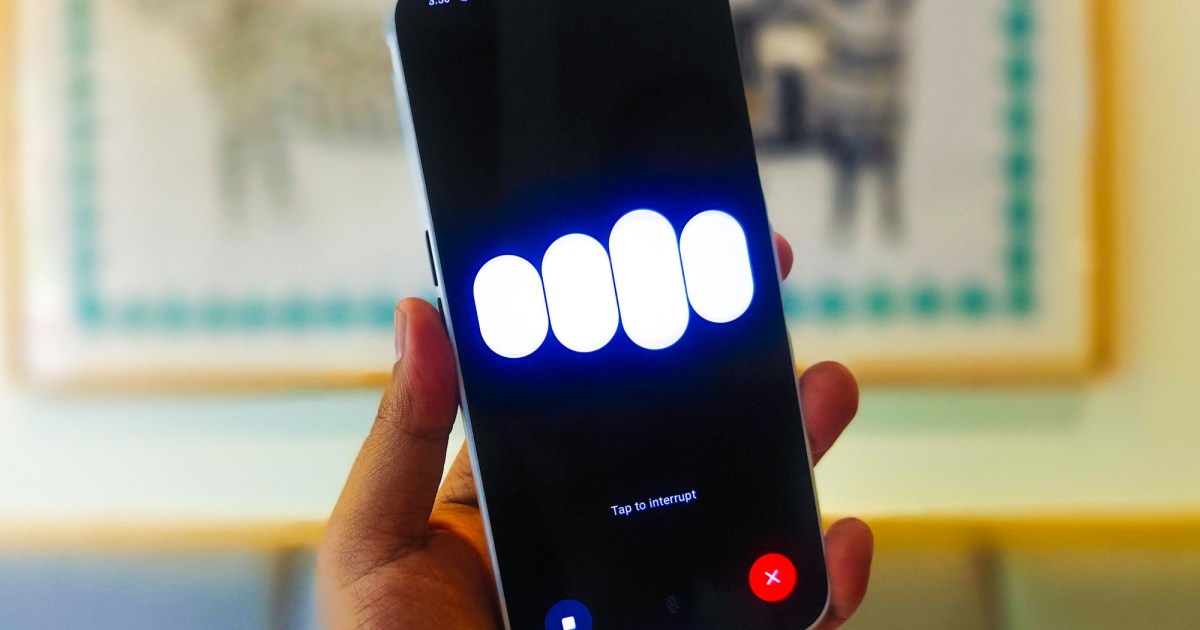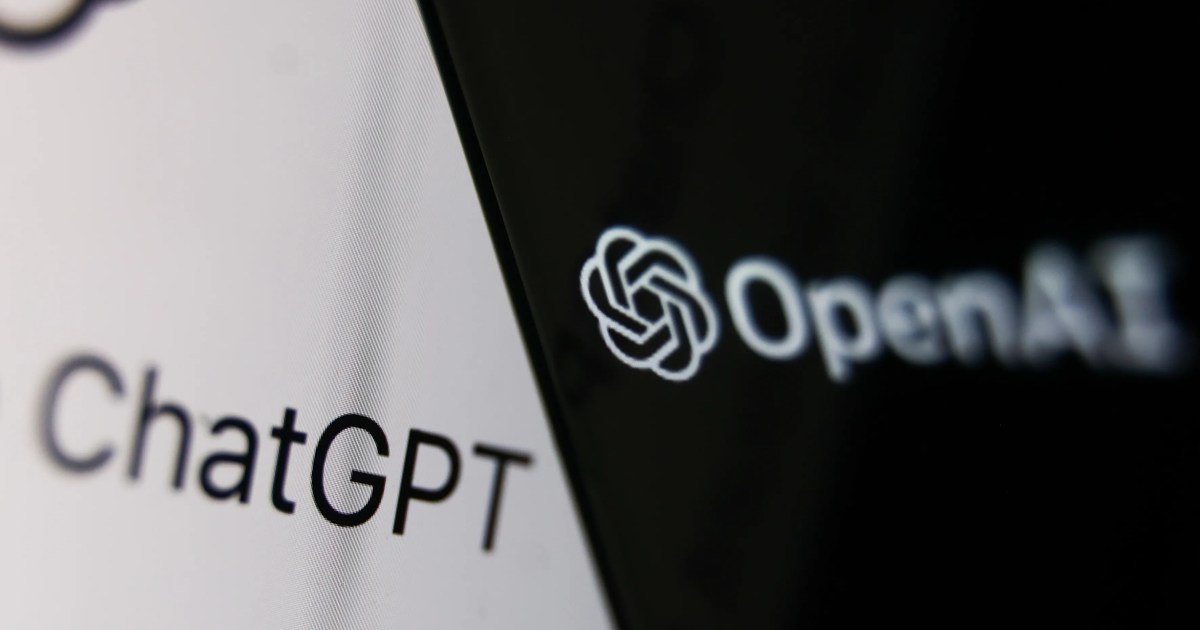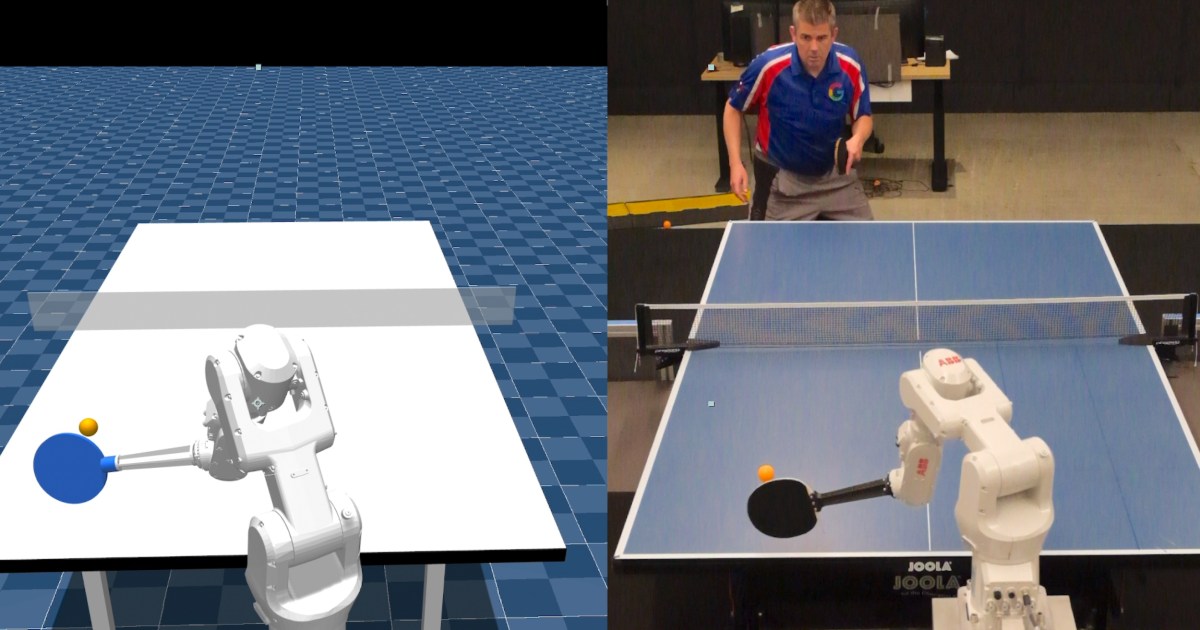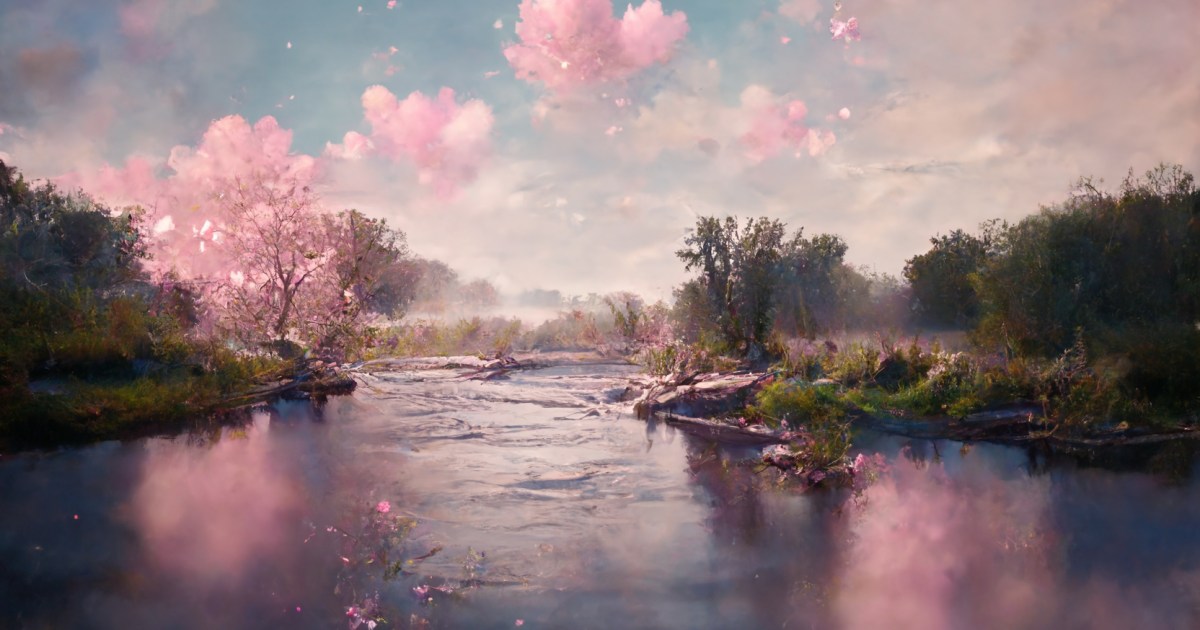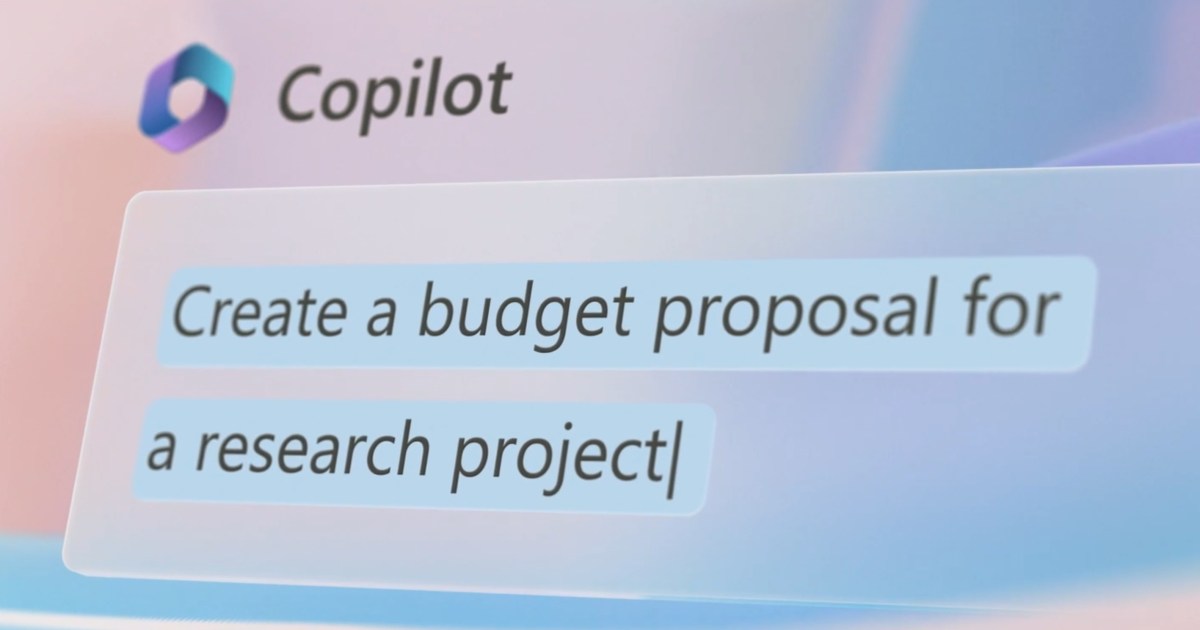The world of AI-generated images witnessed a significant leap forward this week with major updates from key players like Midjourney, Google’s Imagen 3, and xAI’s Grok-2. These advancements highlight the rapid evolution of AI image generation technology, showcasing diverse approaches and pushing the boundaries of what’s possible.
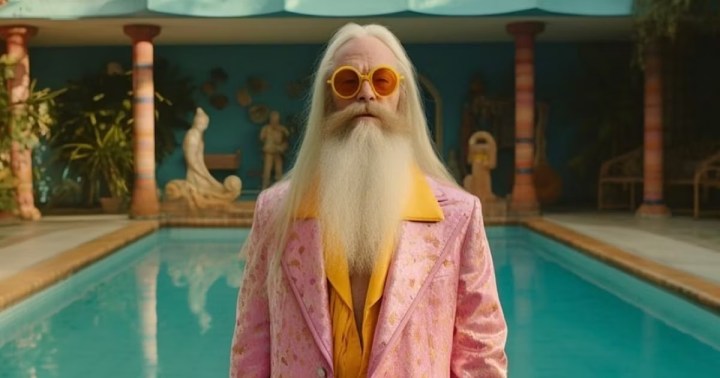 Professor Dumbledore by a pool in Wes AndersonAn AI image generated in Midjourney. Credit: Midjourney
Professor Dumbledore by a pool in Wes AndersonAn AI image generated in Midjourney. Credit: Midjourney
Midjourney Streamlines Image Editing with New Web Editor
Midjourney unveiled a new web editor, consolidating various image manipulation tools into a single, user-friendly interface. Previously, functions like reframing, repainting, panning, canvas extension, and zooming required separate tools and menus, disrupting the creative workflow. This new UI streamlines the editing process, offering a significant improvement over its initial Discord-based system. Midjourney CEO David Holz emphasized the editor’s aim to create a more seamless editing experience. While transitioning towards a web-based application, Midjourney will continue to mirror messages from popular Discord channels like “daily-theme,” “prompt-craft,” and “general-1” to its web rooms, ensuring accessibility across platforms. A new brush-like selection tool replaces the previous square and lasso tools, further enhancing the editing experience. Available to users who have generated over 10 images, the editor has received positive feedback from the creator community. This update follows the recent release of Midjourney 6.1, which improved image quality, coherence, processing times, and text prompt understanding.
Grok-2 Sparks Controversy with Unfettered Image Generation
xAI’s Grok-2, powered by Black Forrest Lab’s Flux.1 model, has quickly gained attention for its impressive image quality and free accessibility. However, Grok-2’s lax guidelines regarding intellectual property, violence, and explicit content have sparked controversy. Unlike other AI image generators, Grok-2 appears to have minimal restrictions, a move seemingly intentional, with Elon Musk describing it as “the most fun AI in the world.” Users have already tested its boundaries, creating a range of controversial imagery, reminiscent of the early days of AI image generation. This approach, while controversial, could influence the future development and ethical considerations of this technology.
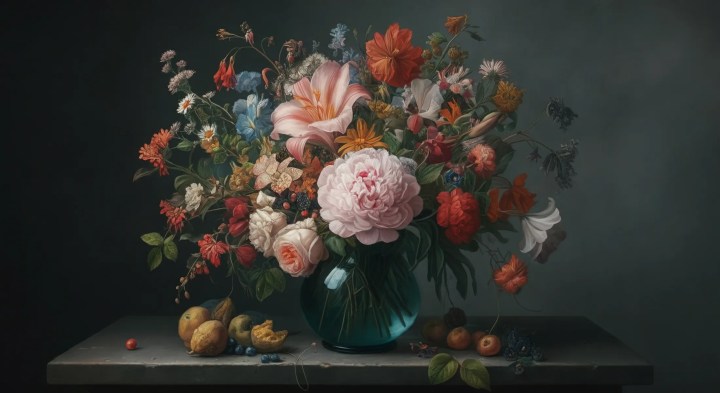 Grok-2 generated imageAn example of Grok-2’s image capabilities
Grok-2 generated imageAn example of Grok-2’s image capabilities
Google Enters the Fray with Imagen 3
Google introduced Imagen 3, touted as its “highest quality text-to-image model,” offering improved detail, lighting, and fewer artifacts compared to its predecessors. Imagen 3 also boasts enhanced text rendering and comes in different versions tailored to specific tasks, from quick sketches to high-resolution images. Currently available through Google’s AI Test Kitchen as part of ImageFX, access is limited to a closed beta program, requiring users to join a waitlist.
The Future of AI Image Generation
These advancements signal a dynamic and rapidly evolving landscape in AI image generation. Midjourney’s focus on user experience, Grok-2’s controversial approach to content moderation, and Google’s pursuit of high-quality image synthesis demonstrate the diverse paths this technology is taking. The next chapter promises further innovation and challenges as these platforms continue to develop and compete.



